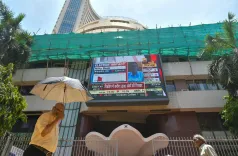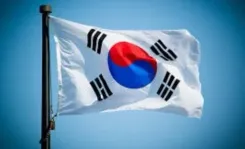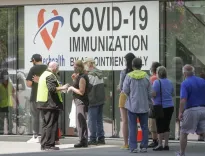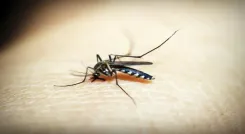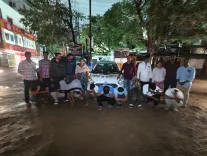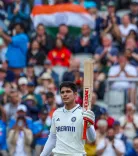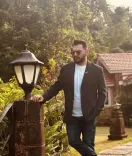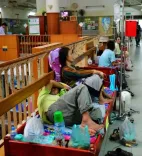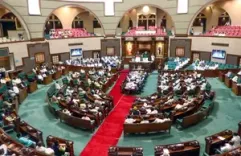How is CCRAS Reviving Rare Ayurvedic Manuscripts?
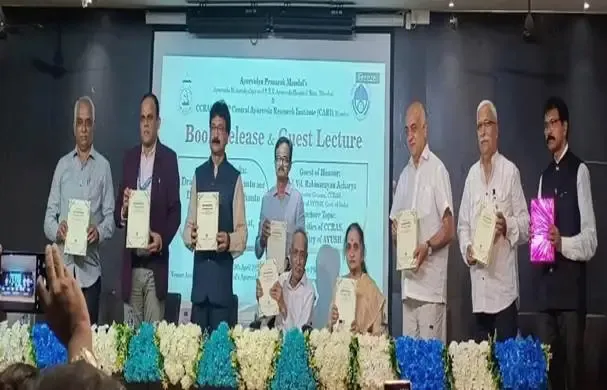
Synopsis
Key Takeaways
- Revival of ancient manuscripts enhances literary heritage.
- Critical editions serve students and practitioners.
- Linking traditional knowledge with modern research is vital.
- Expert editing ensures accuracy and relevance.
- Ancient texts hold potential for contemporary healthcare.
New Delhi, May 7 (NationPress) The Central Council for Research in Ayurvedic Sciences (CCRAS), which operates under the Ministry of Ayush, has revived two extraordinary Ayurvedic manuscripts, thus enhancing India’s literary heritage in the field of traditional medicine.
The manuscripts, Dravyaratnakara Nighaṇṭu and Dravyanamakara Nighaṇṭu, were revealed at an event held by the RRAP Central Ayurveda Research Institute in Mumbai.
“These texts are not mere historical artefacts; they embody living knowledge systems that can revolutionize modern healthcare approaches when examined and implemented with care,” stated Prof. Vd. Rabinarayan Acharya, Director General of CCRAS, New Delhi.
Acharya underscored the significance of such revivals in connecting India’s ancient wisdom with modern research paradigms.
These critical editions are anticipated to act as essential resources for students, researchers, academicians, and Ayurveda practitioners, inspiring greater scholarly inquiry and engagement with India’s classical medical literature.
The Dravyaratnakara Nighaṇṭu was written by Mudgala Paṇḍita in 1480 AD. This previously unpublished lexicon comprises eighteen chapters that provide comprehensive insight into drug synonyms, therapeutic effects, and medicinal attributes.
It was extensively consulted in Maharashtra until the 19th century and references classical Nighaṇṭus like Dhanvantari and Raja Nighaṇṭu, while documenting a variety of new medicinal substances from plant, mineral, and animal sources.
Conversely, the Dravyanamakara Nighaṇṭu, attributed to Bhisma Vaidya, serves as a separate appendix to the Dhanvantari Nighaṇṭu.
The manuscripts primarily deal with homonyms of drug and plant names—an intricate area of study crucial to Ayurveda.
Consisting of 182 verses along with two colophon verses, the text has been carefully edited to enhance its usefulness for scholars of Rasashastra, Bhaishajya Kalpana, and classical Ayurvedic pharmacology.
The manuscripts have been critically edited and translated by esteemed manuscriptologist and expert in Ayurveda, Dr. Sadanand D. Kamat from Mumbai.
Kamat is also recognized for his authoritative contributions to Saraswati Nighaṇṭu, Bhavaprakasha Nighaṇṭu, and Dhanvantari Nighaṇṭu.

